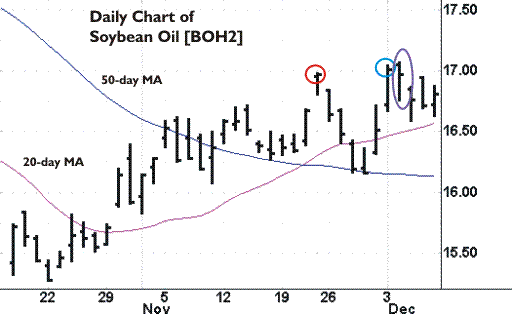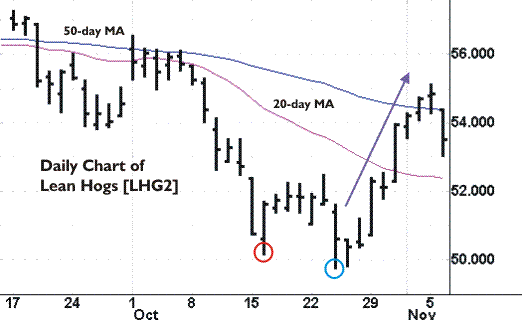How To Use TM’s Indicators: The Turtle Soup Plus One Lists
In the 1980s, a man by the name of Richard Dennis
trained a group of futures traders he named “The Turtles” after
seeing turtles raised on a farm. He chose the name for the group because he
wanted to see if he could “farm” traders from people of all walks of life by
teaching them a methodology and seeing them execute it. While some of the
details of the Turtles strategy are still secret, for the most part, the system
keys on breakouts above new 20-day highs. This system worked, as several of the
traders went on to amass large sums of money following Dennis’ teachings.
In researching the system, TradingMarkets.com CEO and co-founder Larry
Connors uncovered some valuable insights which became the Turtle Soup and
Turtle Soup Plus One strategies. In studying the methodology, he discovered that
the system worked, however, it would experience large drawdowns, so many traders
would be blown out of capital before the one big move came. Because of this, he
devised a method of taking advantage of the false breakouts, thereby capturing
a number of smaller false breakouts and taking profits, rather than watching
your money wither away waiting for the home run. This methodology became the
Turtle Soup and Turtle Soup Plus One patterns.
The rules of the Turtle Soup pattern are simple (short sell setups are
reversed):
1) The futures contract must make a new 20-day low.
2) The previous 20-day low must have occurred at
least four trading sessions earlier.
3) After the market falls below the previous 20-day
low, place an entry buy stop 5-10 ticks above the prior 20-day low. This buy stop
will be good for today only.
4) If the trade is triggered, place an initial
good-until-cancelled sell stop one tick under today’s low.
The rules for the Turtle Soup Plus One are almost exactly the same as the
original Turtle Soup pattern, except the setup occurs one day later. In the
nightly
Turtle Soup Plus One Buy and
Turtle Soup Plus One Sell lists, we provide you with actionable signals of
the futures contracts setting up in the pattern, and possibly lining up for at
least a short-term reversal. These lists are updated nightly as the setups occur and are easily accessed via the
Futures
Indicators page. The lists are intended to help you quickly spot the
contracts tracing out this pattern, which can then turn into a profitable trade
for you.
The Rules for the Turtle Soup Plus One pattern (reverse for sells):
1) The market must make a new 20-day low. The prior
20-day low must have been made at least three trading sessions earlier. The
close of the new low (day one) must be at or below the previous 20-day low.
2) An entry buy stop is placed the next day (day
two) at the earlier 20-day low. If you are not filled on day two, the trade is
cancelled.
3) If the trade is triggered, place a protective
stop one tick under the lower of either the day one low or the day two low.
4) These reversal are often short-lived, so take
profits within two to six days and trail stops on positions that move in your
favor.

Soybean Oil
(
BOH2 |
Quote |
Chart |
News |
PowerRating) appears on the list on Dec.
3 after making a new 20-day high (blue circle). The previous 20-day high was
at least three days earlier (red circle). When the contract trades below the
high of the prior 20-day high, the trade is triggered, and we place a stop
immediately one tick above the high of Dec. 3. Trailing the move down would
have resulted in a profitable trade, as the stock staged an intraday reversal.

The lean hog contract appears on the list in mid-October when it makes a new 20-day low (blue circle) and the prior 20-day
low was at least three days earlier. It explodes more than 5 points
higher out of the pattern.
What this pattern does is identify possible candidates that are
testing prior highs and lows, and then fail the test, and reverse. By using the
Turtle Soup Plus One buy and sell lists, you can quickly have a few names
provided to you, and you can then consult the charts to determine the best
opportunities to fit your risk tolerance, as well as your entry and stop points.
Using these lists, you should be taking profits out of the futures markets.
Best of luck with your trading.
For The Best Trading
Books, Video Courses and Software To Improve Your Trading
